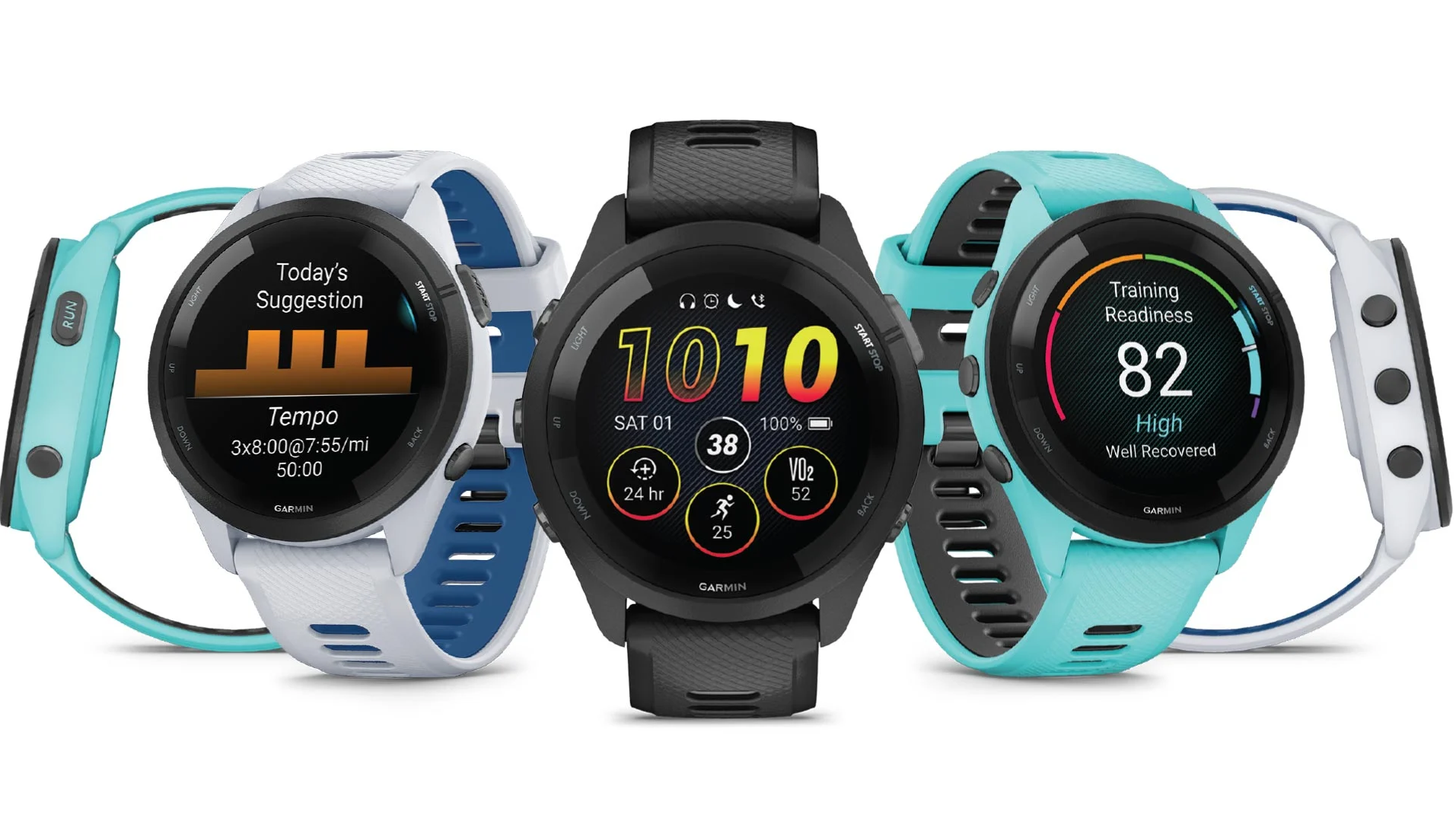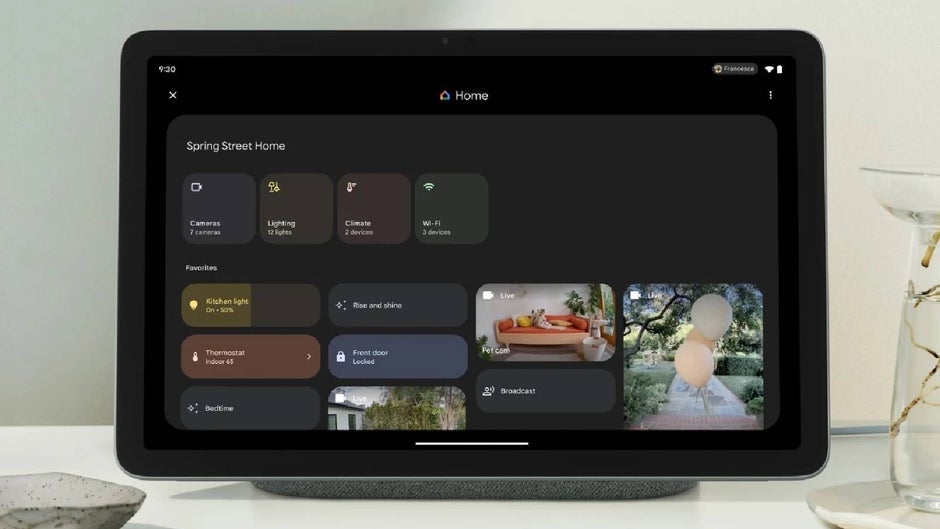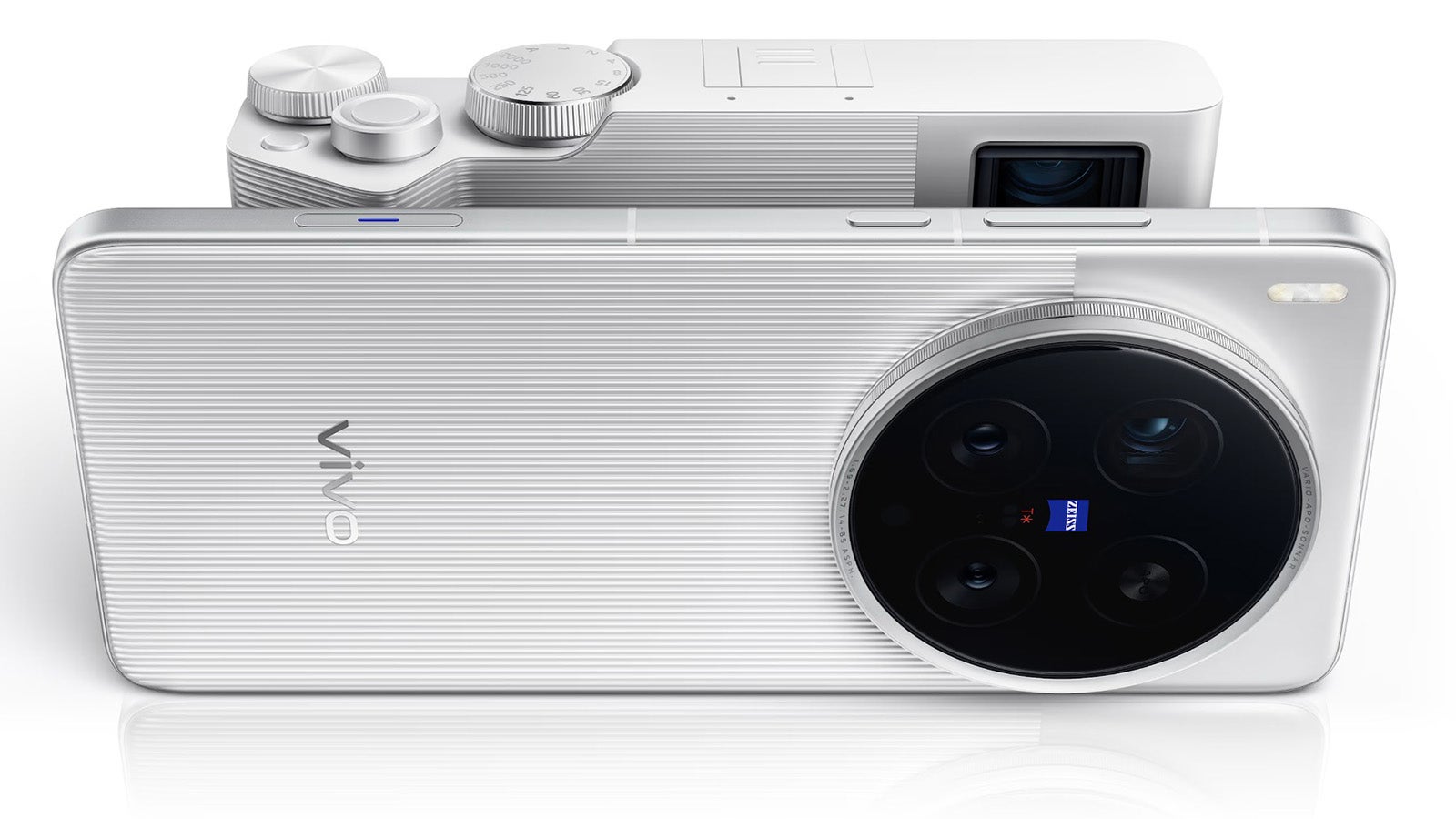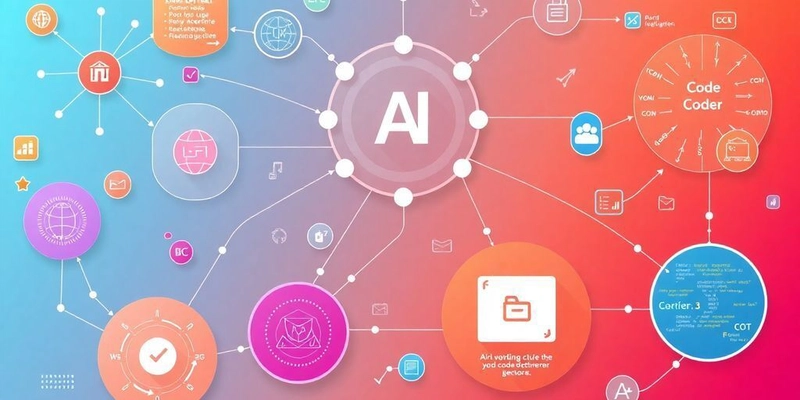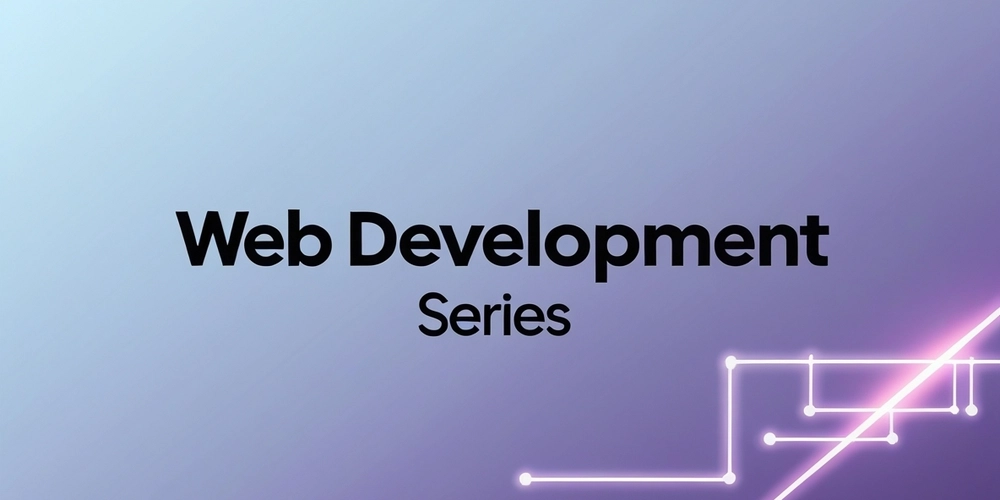This week in devland: GPUs, agents, and the AI arms race nobody signed up for
From DigitalOcean’s new NVIDIA GPU droplets to Uno Platform’s AI twist, here’s what’s cooking in the code kitchen. Introduction welcome to the simulation Another week, another drop of GPU-powered dreams, AI-powered widgets, and software vendors trying to stay relevant in an LLM-hungry world. If you’ve been heads down refactoring code or rage-Googling why your build broke (again), don’t worry I got you. This is your weekly dev-mode digest, minus the corporate fluff and plus a healthy dose of “wait, they did what now?” Here’s the vibe: DigitalOcean just tossed its hat into the AI infra ring with new NVIDIA GPU droplets Uno Platform wants you to build UI like you’re managing agents in StarCraft NVIDIA dropped a few open-source-ish AI models (yes, with footnotes) HCL Software debuted something called Uno no relation to the platform, but 100% buzzword-compliant And MuleSoft thinks your enterprise workflows need more AI (and less human suffering) All in? Let’s hit npm run roundup. DigitalOcean drops NVIDIA GPU droplets finally Okay, so DigitalOcean finally did the thing. The cloud company best known for its love of developers, clean UI, and reasonable pricing has launched GPU-powered Droplets featuring NVIDIA’s L40S and L4 GPUs. Yup, the indie dev’s cloud just got a serious AI upgrade. What’s new? DigitalOcean’s GPU droplets are designed for workloads like: Machine learning training & inference Video processing Rendering “I-just-want-to-play-with-AI-like-the-big-kids” experimentation You’re not just getting basic acceleration here these are top-tier enterprise GPUs, previously found in the realms of cloud giants and burn-rate startups. And now, they’re just… there. On DO. L40S vs. L4 quick showdown Both come container-ready, with PyTorch, TensorFlow, CUDA, and cuDNN pre-installed. Just spin up and go. Cost vs. Cloud Giants While pricing wasn’t spelled out line-by-line in the release, DigitalOcean historically beats AWS/GCP/Azure on entry-level costs. This could be huge for: Indie AI builders Side projects with real-time vision/audio Startups doing NLP or GenAI without the “Big Tech” tax Why it matters For years, if you wanted GPU firepower you had two options: Pray for credits on AWS/Azure Sell a kidney and go all-in on GCP Now? You can rent serious horsepower with a developer-first experience, in a couple of clicks, without fighting enterprise UI madness. Uno goes agentic AI meets UI, and your app just got smarter Alright, buckle up this one’s got agentic UI in the name, which sounds like something you’d use to summon a robot army. But it’s actually Uno Platform’s slick new approach to building user interfaces with a little help from artificial intelligence. Wait, what does “agentic” even mean? In Uno’s world, “agentic” doesn’t mean your buttons develop free will. It means your app’s components act like mini agents intelligent, responsive entities that handle navigation, data-binding, and even layout decisions… on their own. Think of it like this: Instead of wiring together 15 files just to render a form and update the state, Uno says: “Chill, we got this. Here’s an AI-assisted layout manager, contextual awareness, and declarative UI generation. Just describe what you want.” Uno then intelligently infers and builds UI from your app logic. If you’ve been building frontend UIs the hard way, this sounds like black magic and that’s because it kind of is. What’s in the agentic UI kit? Uno’s release introduces a few powerful upgrades: AI-assistants baked into UI logic Multi-platform support same UI logic for web, mobile, desktop Context-aware components that adjust based on app state and flow Code generation tools that translate design ideas into working UIs Uno isn’t trying to replace you just take over the boring, fragile glue-code parts. Real-world example Say you want to create a login screen that routes users to different dashboards based on role. Instead of setting up a bunch of if statements, custom nav guards, and state sync logic, you just define: Roles User states Destinations Uno’s AI agent fills in the rest UI, routing, and logic included. Why it matters This is huge for solo devs and lean teams. Agentic UI: Reduces boilerplate Simplifies cross-platform dev Lets you focus on logic, not layout hell Uno Platform just gave frontend development a Red Bull and a compiler upgrade. NVIDIA goes open(ish) meet the new AI models with fine print NVIDIA just dropped new open AI models, and the dev world let out a collective “…wait, really?” Yep Team Green is easing its grip on the AI sauce. But before you think we’re living in a completely open-source utopia, let’s break it down. What they actually released NVIDIA has opened access to several state-of-the-art AI models, including: Nemotron-4 340B a giant foundation model for synthetic data generation Code LLMs optimized for coding tasks and intelligent code suggestions Multimodal models combining i

From DigitalOcean’s new NVIDIA GPU droplets to Uno Platform’s AI twist, here’s what’s cooking in the code kitchen.
Introduction welcome to the simulation
Another week, another drop of GPU-powered dreams, AI-powered widgets, and software vendors trying to stay relevant in an LLM-hungry world.
If you’ve been heads down refactoring code or rage-Googling why your build broke (again), don’t worry I got you. This is your weekly dev-mode digest, minus the corporate fluff and plus a healthy dose of “wait, they did what now?”
Here’s the vibe:
- DigitalOcean just tossed its hat into the AI infra ring with new NVIDIA GPU droplets
- Uno Platform wants you to build UI like you’re managing agents in StarCraft
- NVIDIA dropped a few open-source-ish AI models (yes, with footnotes)
- HCL Software debuted something called Uno no relation to the platform, but 100% buzzword-compliant
- And MuleSoft thinks your enterprise workflows need more AI (and less human suffering)
All in? Let’s hit npm run roundup.
DigitalOcean drops NVIDIA GPU droplets finally
Okay, so DigitalOcean finally did the thing. The cloud company best known for its love of developers, clean UI, and reasonable pricing has launched GPU-powered Droplets featuring NVIDIA’s L40S and L4 GPUs.
Yup, the indie dev’s cloud just got a serious AI upgrade.
What’s new?
DigitalOcean’s GPU droplets are designed for workloads like:
- Machine learning training & inference
- Video processing
- Rendering
- “I-just-want-to-play-with-AI-like-the-big-kids” experimentation
You’re not just getting basic acceleration here these are top-tier enterprise GPUs, previously found in the realms of cloud giants and burn-rate startups. And now, they’re just… there. On DO.
L40S vs. L4 quick showdown

Both come container-ready, with PyTorch, TensorFlow, CUDA, and cuDNN pre-installed. Just spin up and go.
Cost vs. Cloud Giants
While pricing wasn’t spelled out line-by-line in the release, DigitalOcean historically beats AWS/GCP/Azure on entry-level costs. This could be huge for:
- Indie AI builders
- Side projects with real-time vision/audio
- Startups doing NLP or GenAI without the “Big Tech” tax
Why it matters
For years, if you wanted GPU firepower you had two options:
- Pray for credits on AWS/Azure
- Sell a kidney and go all-in on GCP
Now? You can rent serious horsepower with a developer-first experience, in a couple of clicks, without fighting enterprise UI madness.
Uno goes agentic AI meets UI, and your app just got smarter
Alright, buckle up this one’s got agentic UI in the name, which sounds like something you’d use to summon a robot army. But it’s actually Uno Platform’s slick new approach to building user interfaces with a little help from artificial intelligence.
Wait, what does “agentic” even mean?
In Uno’s world, “agentic” doesn’t mean your buttons develop free will. It means your app’s components act like mini agents intelligent, responsive entities that handle navigation, data-binding, and even layout decisions… on their own.
Think of it like this:
Instead of wiring together 15 files just to render a form and update the state, Uno says:
“Chill, we got this. Here’s an AI-assisted layout manager, contextual awareness, and declarative UI generation. Just describe what you want.”
Uno then intelligently infers and builds UI from your app logic. If you’ve been building frontend UIs the hard way, this sounds like black magic and that’s because it kind of is.
What’s in the agentic UI kit?
Uno’s release introduces a few powerful upgrades:
- AI-assistants baked into UI logic
- Multi-platform support same UI logic for web, mobile, desktop
- Context-aware components that adjust based on app state and flow
- Code generation tools that translate design ideas into working UIs
Uno isn’t trying to replace you just take over the boring, fragile glue-code parts.
Real-world example
Say you want to create a login screen that routes users to different dashboards based on role. Instead of setting up a bunch of if statements, custom nav guards, and state sync logic, you just define:
- Roles
- User states
- Destinations
Uno’s AI agent fills in the rest UI, routing, and logic included.
Why it matters
This is huge for solo devs and lean teams. Agentic UI:
- Reduces boilerplate
- Simplifies cross-platform dev
- Lets you focus on logic, not layout hell
Uno Platform just gave frontend development a Red Bull and a compiler upgrade.

NVIDIA goes open(ish) meet the new AI models with fine print
NVIDIA just dropped new open AI models, and the dev world let out a collective “…wait, really?” Yep Team Green is easing its grip on the AI sauce. But before you think we’re living in a completely open-source utopia, let’s break it down.
What they actually released
NVIDIA has opened access to several state-of-the-art AI models, including:
- Nemotron-4 340B a giant foundation model for synthetic data generation
- Code LLMs optimized for coding tasks and intelligent code suggestions
- Multimodal models combining image and text processing (yes, like GPT-4V-lite)
All of this is bundled for research, commercial experimentation, and fine-tuning. Just don’t expect a “do-whatever-you-want” MIT license here.
The licensing catch
NVIDIA calls it “open” but in reality:
- It’s for non-commercial or research use by default
- Some models have custom usage terms attached
- You can commercialize, but with explicit permissions or enterprise agreements
Basically: open weights, closed doors unless you read the fine print and send some emails.
Why devs still care
Even with restrictions, these releases are a big deal because:
- You can fine-tune models locally without starting from scratch
- You get GPU-optimized architectures out of the box
- NVIDIA knows how to squeeze every last FLOP out of their chips and these models are tuned accordingly
It’s like getting a high-performance car where the hood’s unlocked… but you’re not allowed to sell rides without a permit.
Use case ideas
- Train your own assistant without OpenAI tokens
- Build custom copilots for your codebase
- Use as a fine-tuning base for industry-specific applications (e.g., legal, med, finance)
Why it matters
This isn’t “open-source” in the purest sense, but it’s NVIDIA meeting devs halfway. And considering how locked-down some of their AI competitors are (cough OpenAI), it’s a win especially for research labs and indie tinkerers.
HCL Software launches Uno agent-based apps without the chaos
No, you’re not seeing double. After Uno Platform’s “agentic UI” launch, HCL Software also dropped a product called Uno and while it’s not a UI framework, it does involve agents.
Let’s just agree: 2025 is the year of the agent.
What is HCL Uno?
HCL Uno is a platform for building AI-powered, agent-based business applications targeted mostly at enterprise users who are tired of clunky internal tools, duct-taped workflows, and “just use Zapier again” solutions.
HCL’s pitch:
“What if you could create apps where AI agents do the boring work, like managing backend workflows, user actions, and context switching?”
And honestly? That’s pretty compelling if you’ve ever built admin dashboards with 9 different integrations duct-taped together.
Agent-based dev, explained simply
Agent-based development is like building apps with a team of NPCs:
- Each agent handles a specific task (e.g., data sync, alert handling, form logic)
- Agents work together via a shared environment (state/context)
- You define what should happen, and agents handle the how
Instead of spaghetti logic and conditional nightmares, you describe intent, and agents negotiate the execution.
Use cases that make sense
HCL Uno is aiming at:
- Internal enterprise apps
- Workflow automation
- Digital operations with AI triggers (e.g., “when sales drop, alert + analyze”)
It’s less “build a startup” and more “make your ops team stop crying.”
Why it matters
Enterprise software is often bloated, rigid, and allergic to real-time adaptation. Platforms like HCL Uno shift that by:
- Empowering non-devs to assemble app logic
- Using AI to simplify maintenance
- Making workflows modular and intelligent
It’s not good like GPU droplets, but for companies bleeding money on clunky dashboards it’s a lifeline.
MuleSoft gets an AI core upgrade now your APIs come with brain cells
MuleSoft, Salesforce’s beloved API wrangler, just got a Core v2.0 glow-up, and it’s bringing AI to your enterprise pipelines whether they like it or not.
Let’s be honest MuleSoft isn’t usually in the headlines unless it’s during Dreamforce hype season. But this new release might actually make integration work feel… less painful?
What’s in MuleSoft’s new AI Core?
With the upgrade to MuleSoft Automation and Anypoint Code Builder, the company is injecting AI into:
- Workflow suggestions
- Automatic connector generation
- Natural language-to-logic generation (e.g., “When a customer unsubscribes, trigger Slack + update Salesforce”)
In other words: It’s giving devs a copilot for API plumbing.
You describe the business need in human terms, MuleSoft tries to figure out the best way to wire everything together. It’s like Zapier… but enterprise-grade and less allergic to custom logic.
How it works
MuleSoft’s AI layer analyzes your existing data flows and:
- Recommends automation steps
- Suggests prebuilt integrations
- Flags bottlenecks and API mismatches
- Builds flows with less manual JSON wrangling
The new Anypoint Code Builder is IDE-like, supporting low-code and pro-code. Basically: Build as much or as little as you want Mule’s got suggestions either way.
Why devs and IT teams might (actually) care
Here’s the thing: APIs are the veins of most enterprises, and they’re a nightmare to maintain at scale.
With this AI-infused upgrade:
- Devs waste less time writing glue logic
- Business teams can prototype faster
- Integration bugs drop (at least in theory)
MuleSoft is trying to intelligently fill the gap between no-code ops tools and dev-heavy API stacks.
Quick caution
It’s still an enterprise product. So:
- You’re looking at licensing costs
- It shines best when embedded into the Salesforce ecosystem
- “AI suggestions” still need guardrails no, it won’t fully replace your backend team

TL;DR why this all matters and what devs should do next
Let’s step back from the AI fog and connect the dots. This week’s updates weren’t just shiny product drops they were signals of where software development is heading in 2025:
AI isn’t just hype anymore it’s infrastructure
- DigitalOcean’s GPU droplets mean devs don’t need to beg AWS for compute credits.
- NVIDIA releasing models (even if half-open) signals growing demand for local experimentation.
- HCL and MuleSoft launching agent-based logic systems suggests workflows are becoming AI-native by default.
Dev workflows are shifting left and smarter
- From writing frontend layouts manually to letting Uno Platform infer them
- From dragging-and-dropping integrations to letting MuleSoft auto-generate workflows
- From building state machines to working with AI logic agents
This isn’t “no-code” or “low-code.” It’s less glue code, fewer boilerplate files, and smarter abstraction. You still write real code but now your tools are acting more like teammates than typewriters.
What you can explore right now

Devs used to ask: “Can I build that?”
Now it’s more like: “Can I describe that clearly enough for the agents to take over?”
You don’t need to rewrite your stack. But you do need to rethink how your stack thinks.
Helpful links & dev resources explore, experiment, build
Ready to dive deeper into this week’s dev drops? Here’s your cheat sheet to try out everything we just nerded out about:
DigitalOcean GPU Droplets
Spin up GPU instances with L40S or L4 for AI/ML, video processing, or just to flex.
Uno Platform Agentic UI Components
Build smarter UIs with cross-platform support using agentic logic and AI-inferred components.
NVIDIA’s Open Models (Nemotron-4 + more)
Download, fine-tune, and test high-performance open(ish) AI models from NVIDIA.
HCL Uno Enterprise Agent-Based App Builder
Not related to Uno Platform this is HCL’s tool for building enterprise AI-powered tools.
MuleSoft Automation and Anypoint AI Builder
AI-powered automation tools for enterprise-grade APIs and internal workflows.
These tools are shaping how we build and ship apps in the AI era. Try a few. Break a few. That’s the dev way.
Conclusion we live in agentic times, but you’re still in charge
Let’s face it 2025 dev work feels like living in a futuristic sandbox where half the tools try to build your app for you, and the other half try to guess why you’re building it in the first place.
This week’s drops are a perfect example of the new world we’re coding in:
- GPU power is finally accessible without melting your credit card
- UIs can now think (kind of) thanks to platforms like Uno
- Agents are the new functions, with AI logic injected into your frontend and backend alike
- AI is the glue, not just the hype it’s binding pipelines, APIs, workflows, and even your layout grid
But here’s the twist:
You’re still the builder.
You decide what’s worth automating, what needs full control, and what agents are allowed to do.
So whether you’re:
- Building a side project
- Shipping enterprise automations
- Or just tinkering with local LLMs on a DigitalOcean droplet
you’re in a great time to experiment.
Final thoughts?
If it feels overwhelming, that’s normal. Just pick one tool, one project, and start there.
Because honestly, the best way to stay ahead of the AI curve…
is to ship something with it, not against it.


















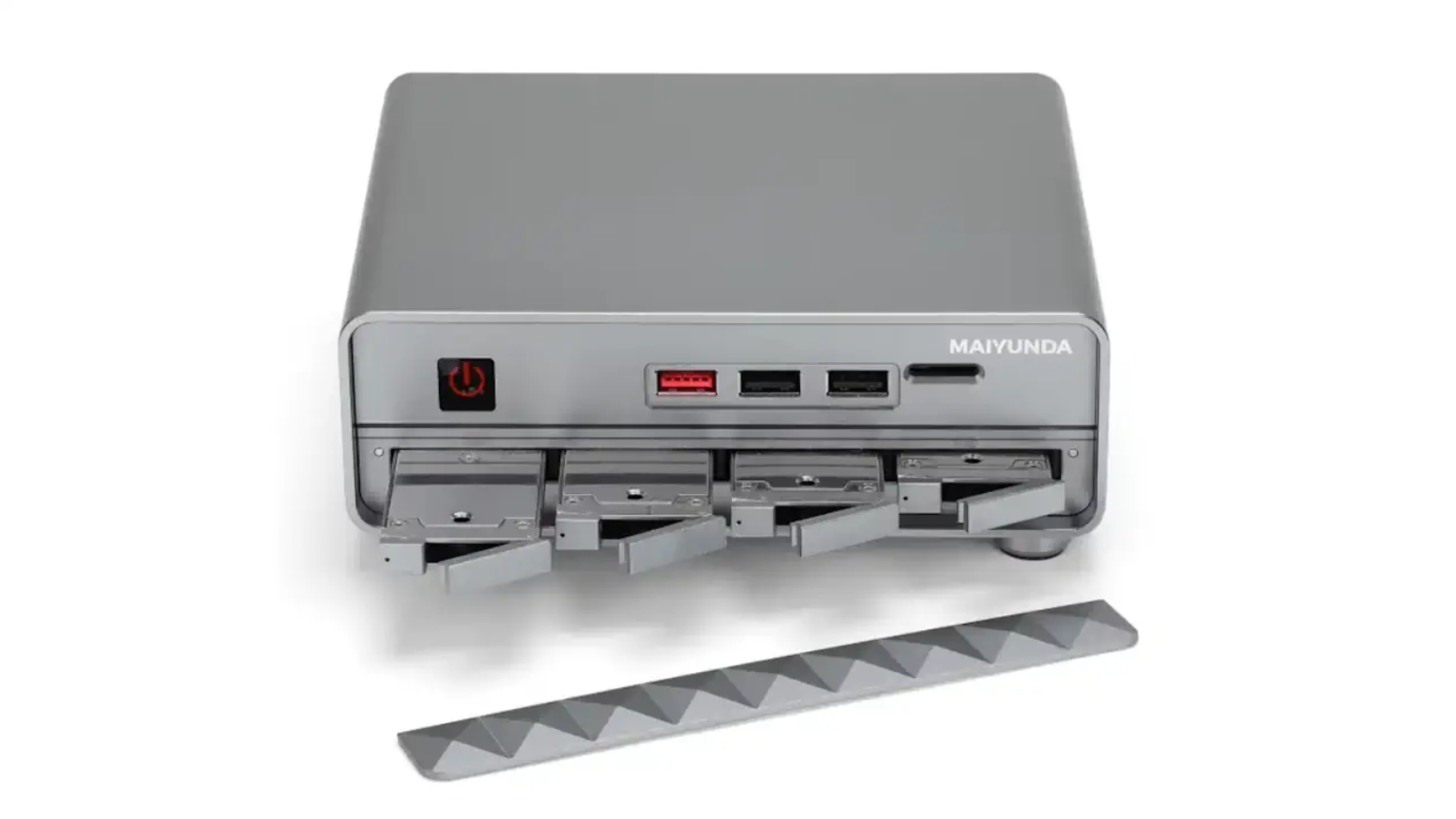


























































































































































![[The AI Show Episode 146]: Rise of “AI-First” Companies, AI Job Disruption, GPT-4o Update Gets Rolled Back, How Big Consulting Firms Use AI, and Meta AI App](https://www.marketingaiinstitute.com/hubfs/ep%20146%20cover.png)














































































































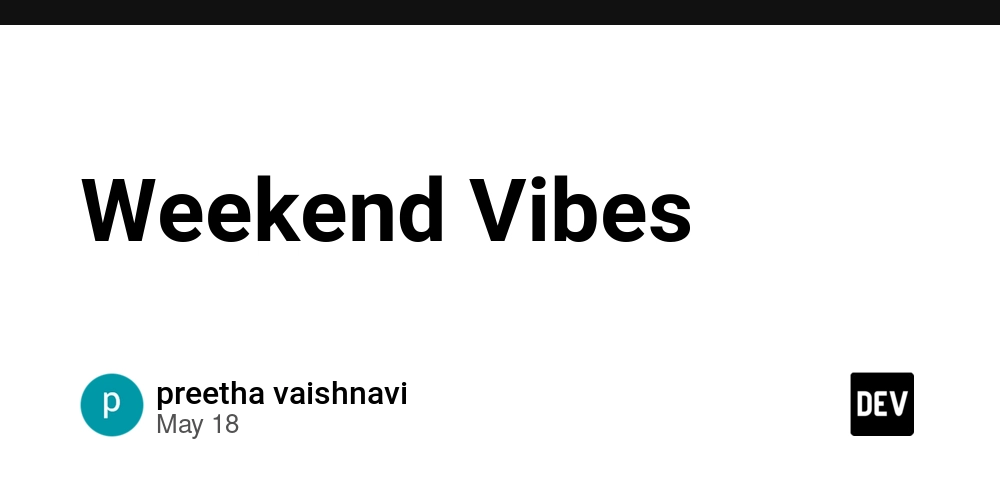











![[DEALS] The ChatGPT & AI Super Bundle (91% off) & Other Deals Up To 98% Off – Offers End Soon!](https://www.javacodegeeks.com/wp-content/uploads/2012/12/jcg-logo.jpg)



![How to make Developer Friends When You Don't Live in Silicon Valley, with Iraqi Engineer Code;Life [Podcast #172]](https://cdn.hashnode.com/res/hashnode/image/upload/v1747360508340/f07040cd-3eeb-443c-b4fb-370f6a4a14da.png?#)


















































































































































































































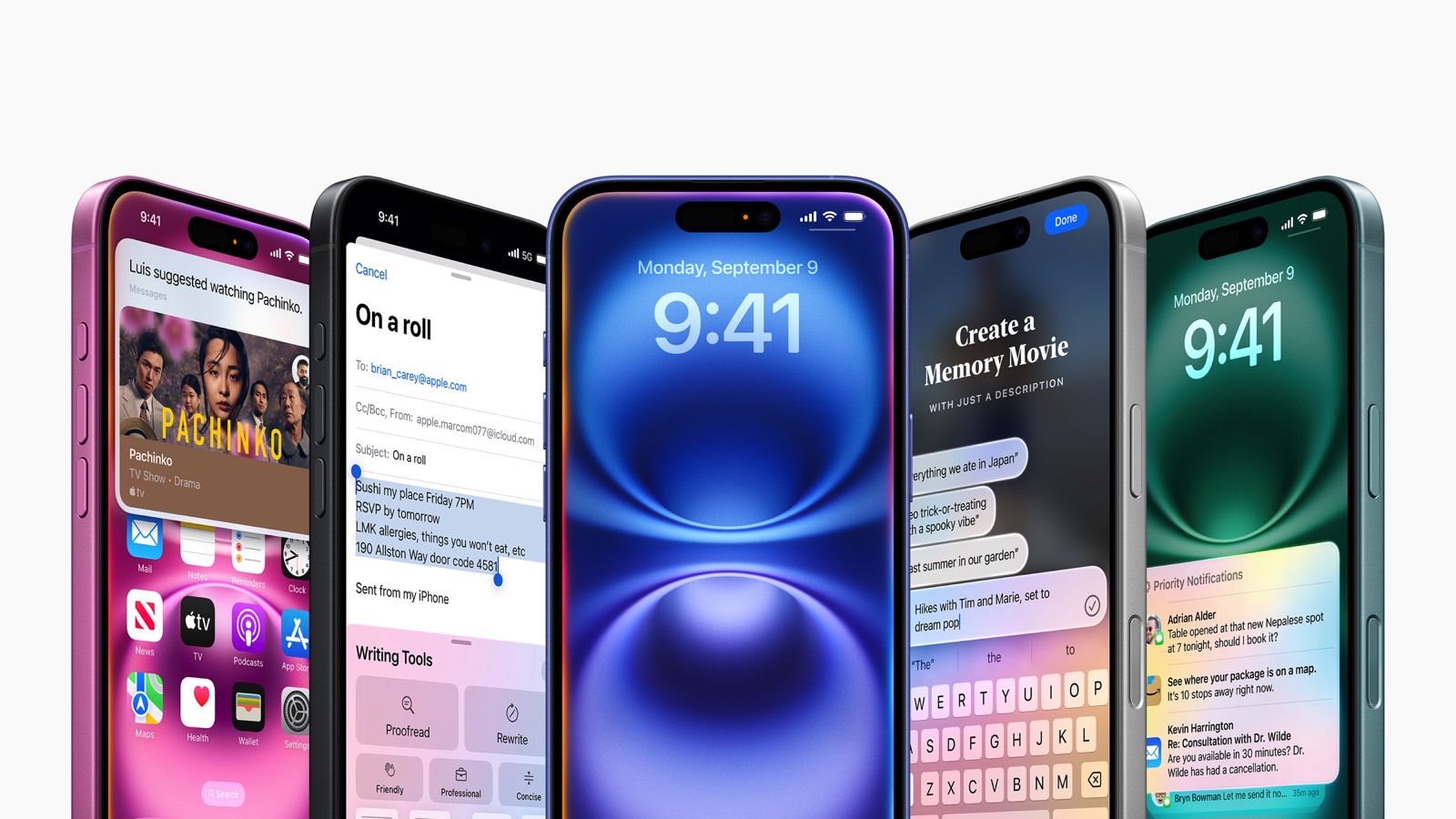

















![Seven tech accessories I keep coming back to [Video]](https://i0.wp.com/9to5mac.com/wp-content/uploads/sites/6/2025/05/7-tech-accessories-FI-1.jpg?resize=1200%2C628&quality=82&strip=all&ssl=1)



















![iPhone 17 Air Could Get a Boost From TDK's New Silicon Battery Tech [Report]](https://www.iclarified.com/images/news/97344/97344/97344-640.jpg)
![Vision Pro Owners Say They Regret $3,500 Purchase [WSJ]](https://www.iclarified.com/images/news/97347/97347/97347-640.jpg)
![Apple Showcases 'Magnifier on Mac' and 'Music Haptics' Accessibility Features [Video]](https://www.iclarified.com/images/news/97343/97343/97343-640.jpg)
















































